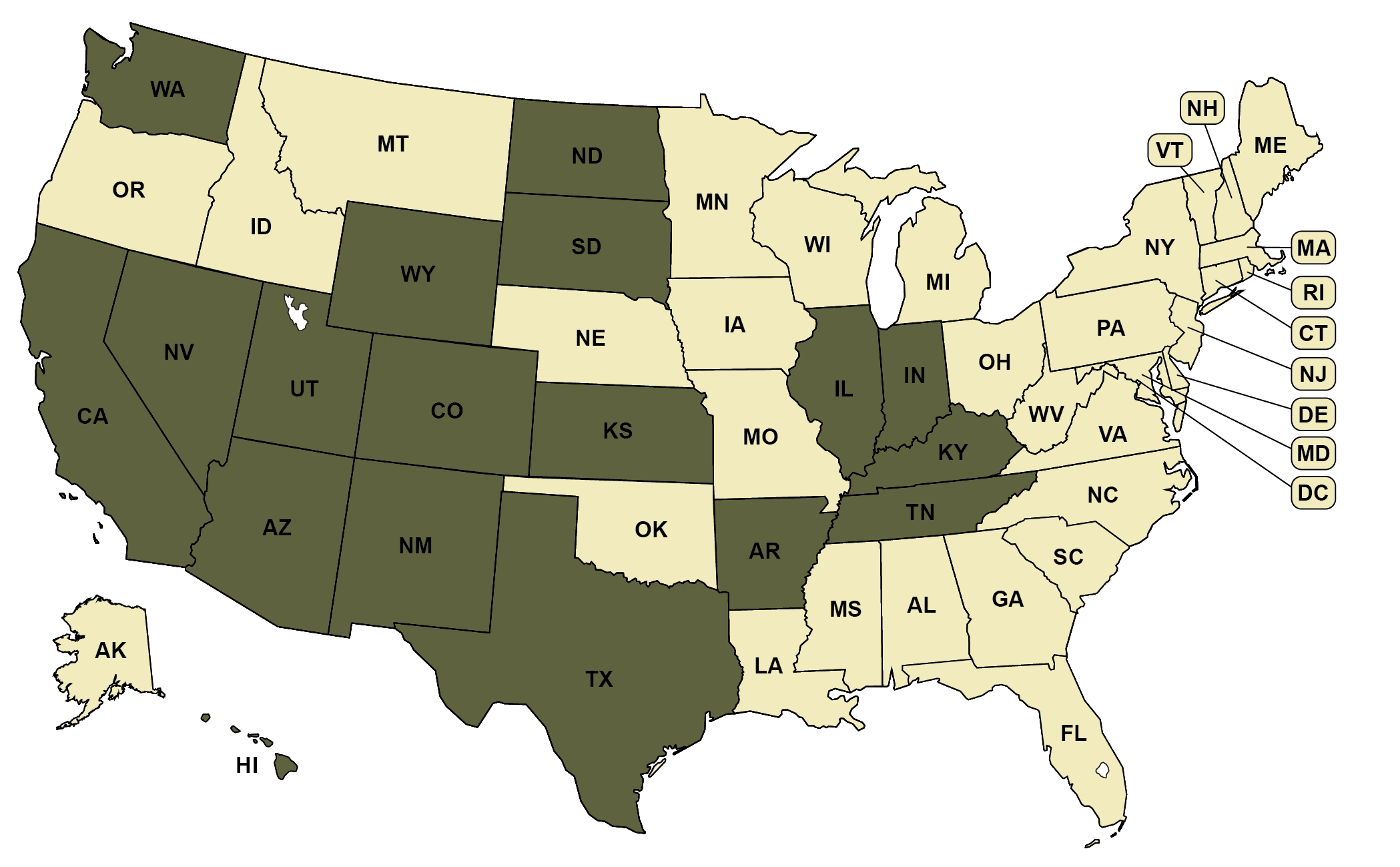Vote centers are an alternative to the traditional precinct based polling place model which allows voters to cast their ballot anywhere in the county in which they are eligible. Some states require vote centers while others allow counties the choice of whether to utilize them. In addition to convenience, vote centers can reduce costs and potentially increase turnout.
-
State requires or allows vote centers
(18 states)
-
State does not allow vote centers or no applicable law
(32 states + D.C.)
Recommended citation: Movement Advancement Project. "Availability of Vote Centers." https://www.mapresearch.org/democracy_maps/vote_centers. Accessed [day of access]
Breakdown by Population
*Note: These percentages reflect the voting-eligible population, as reported by the United States Election Project.
40 % of population lives in states that requires or allow vote centers
60 % of population lives in states that does not allow vote centers or no applicable law


